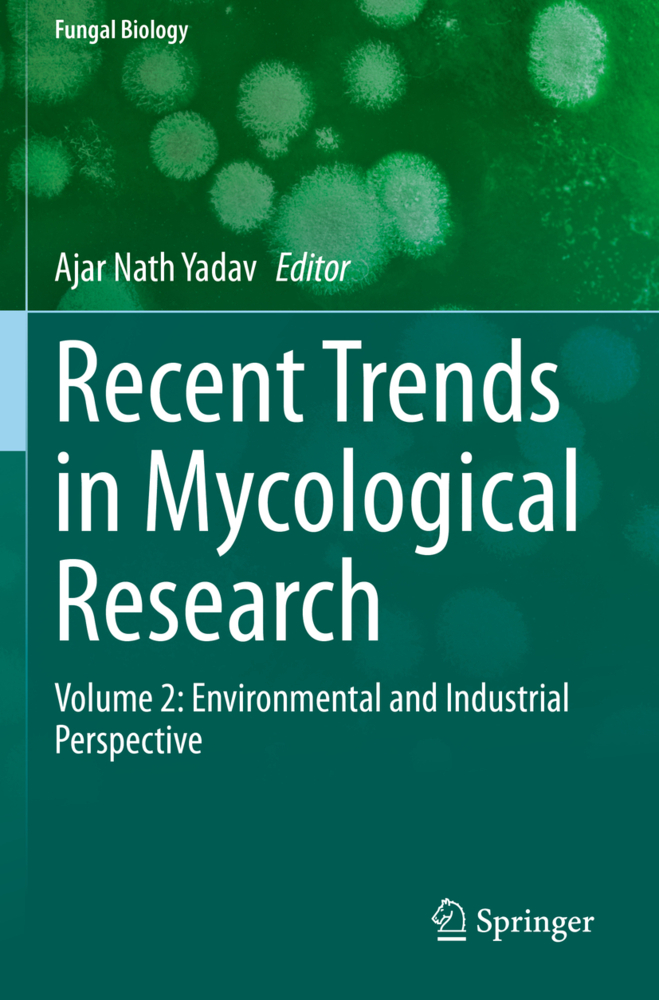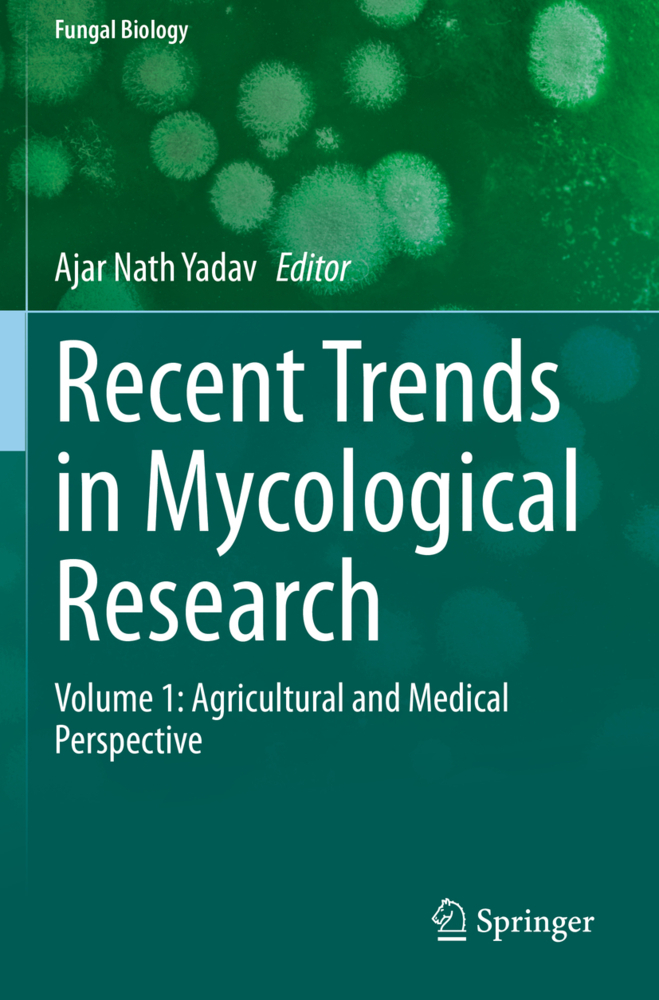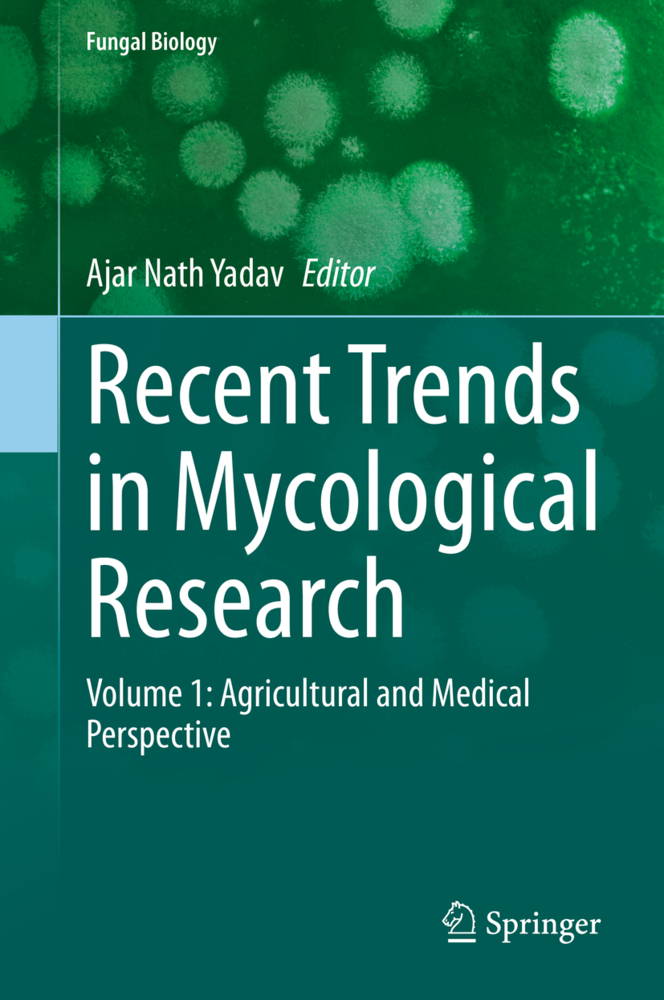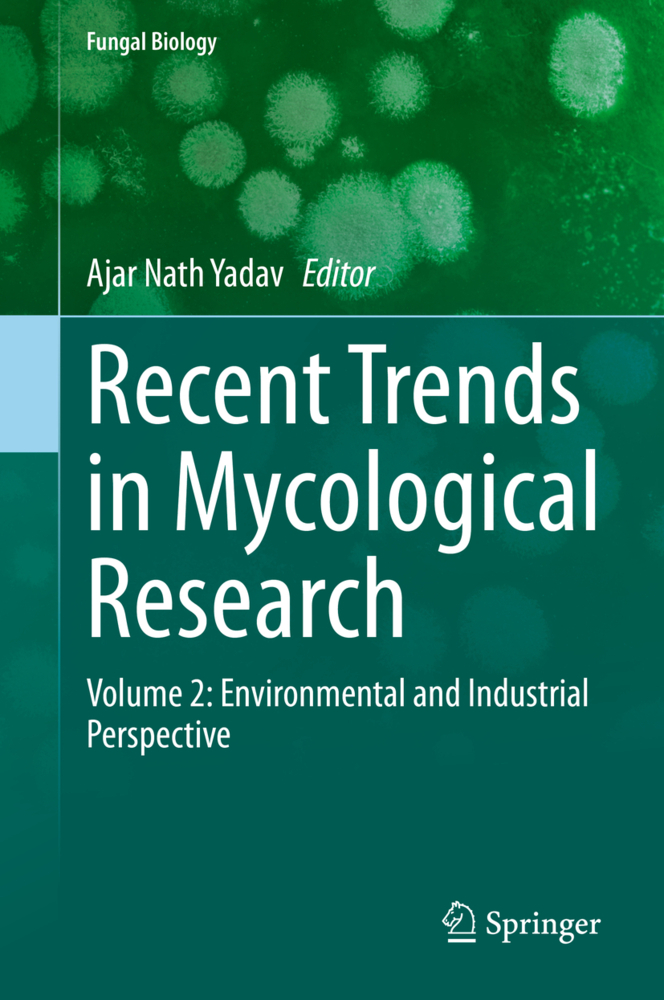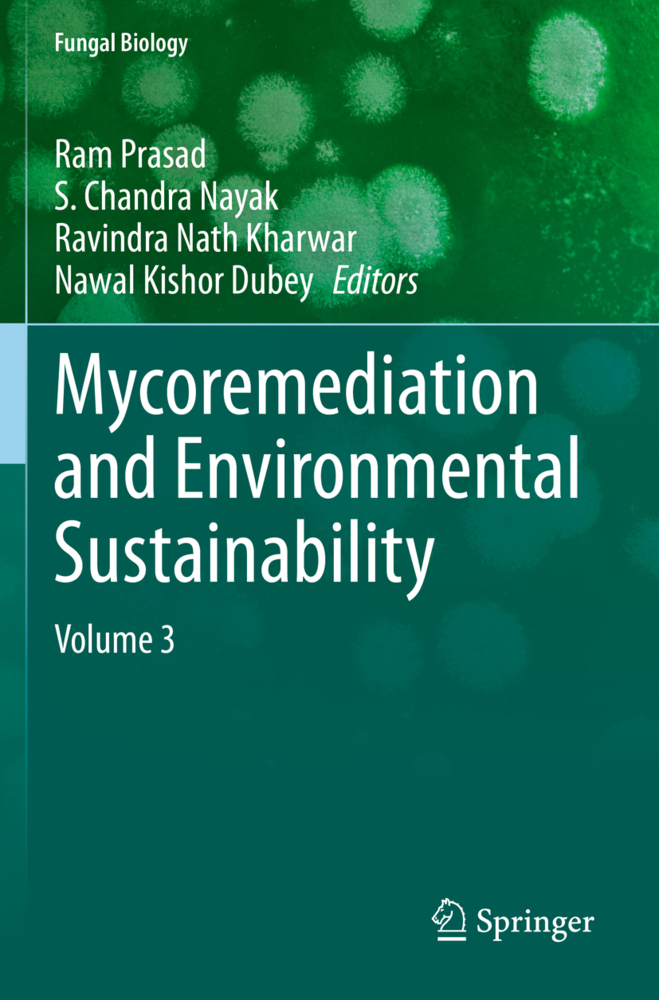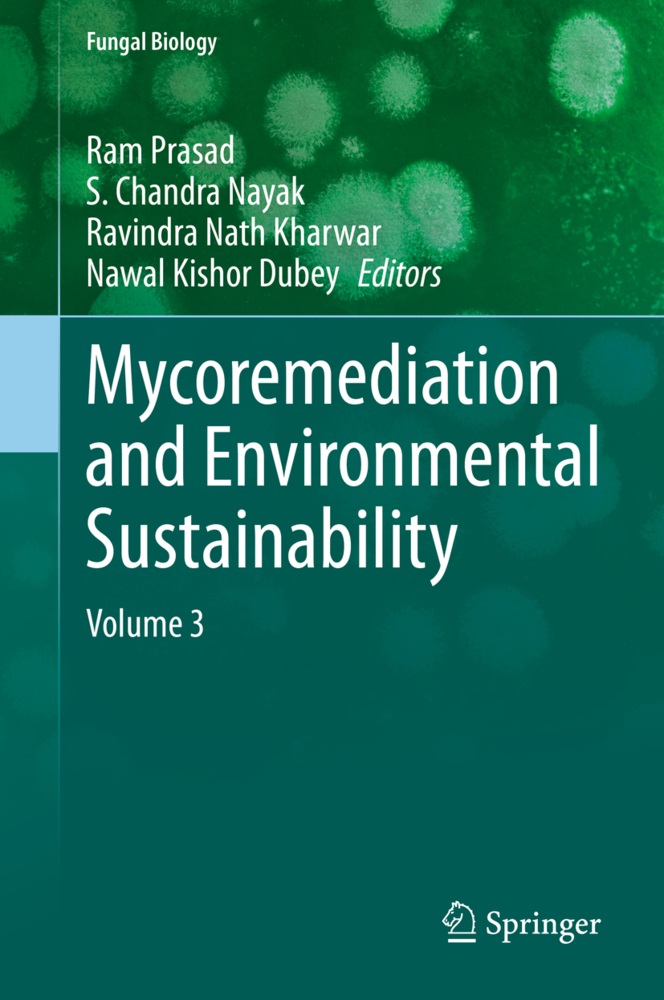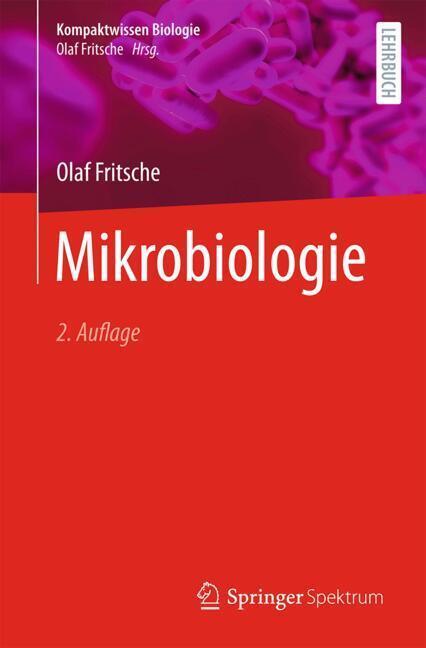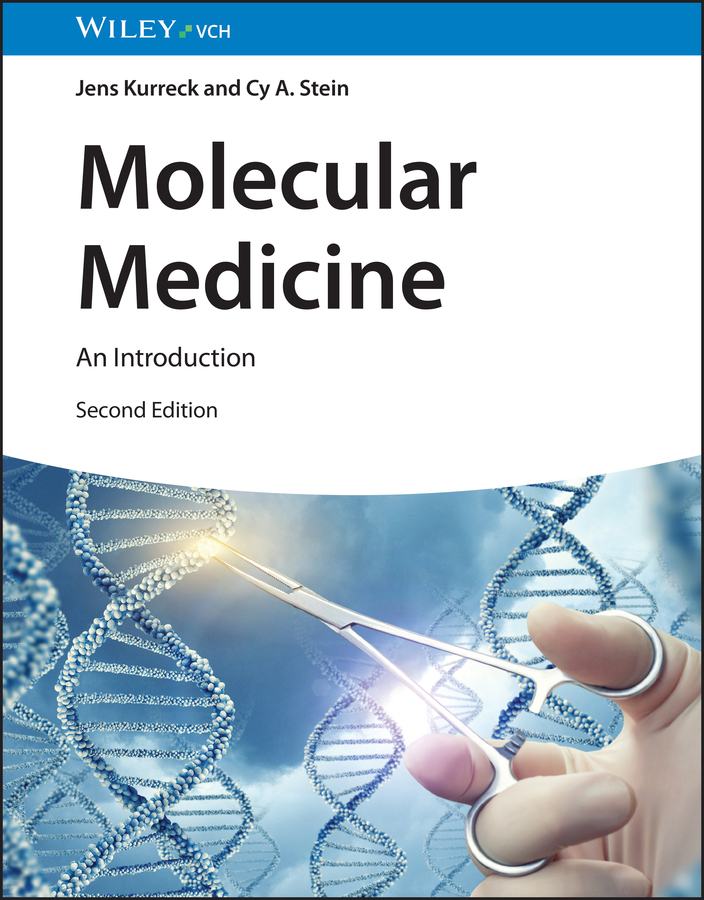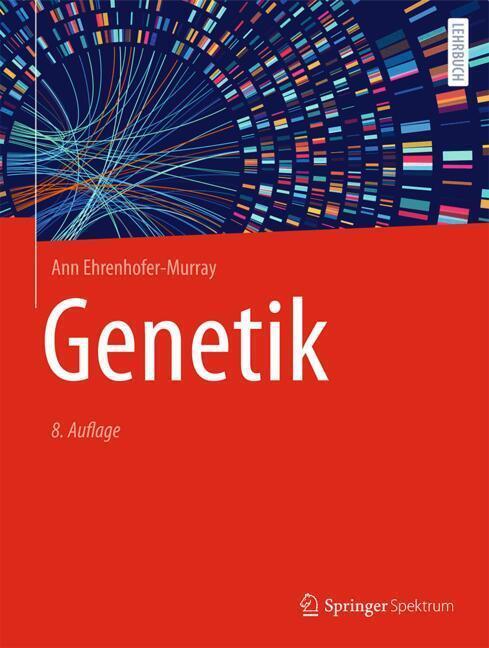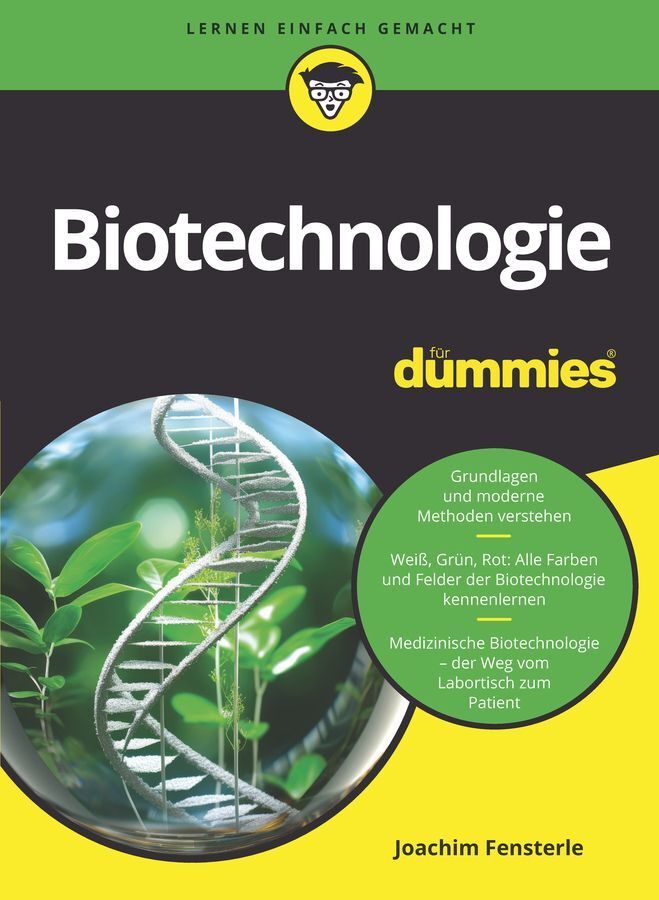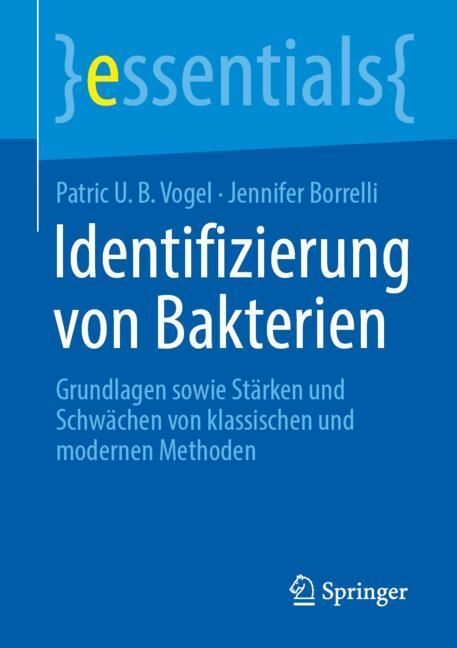Recent Trends in Mycological Research
Volume 2: Environmental and Industrial Perspective
Recent Trends in Mycological Research
Volume 2: Environmental and Industrial Perspective
Fungi range from being microscopic, single-celled yeasts to multicellular and heterotrophic in nature. Fungal communities have been found in vast ranges of environmental conditions. They can be associated with plants epiphytically, endophytically, or rhizospherically. Extreme environments represent unique ecosystems that harbor novel biodiversity of fungal communities.
Interest in the exploration of fungal diversity has been spurred by the fact that fungi perform numerous functions integral in sustaining the biosphere, ranging from nutrient cycling to environmental detoxification, which involves processes like augmentation, supplementation, and recycling of plant nutrients--a particularly important process in sustainable agriculture. Fungal communities from natural and extreme habitats help promote plant growth, enhance crop yield, and soil fertility via direct or indirect plant growth promoting (PGP) mechanisms of solubilization of phosphorus, potassium, and zinc, production of ammonia, hydrogen cyanides, phytohormones, Fe-chelating compounds, extracellular hydrolytic enzymes, and bioactive secondary metabolites. These PGP fungi could be used as biofertilizers, bioinoculants, and biocontrol agents in place of chemical fertilizers and pesticides in eco-friendly manners for sustainable agriculture and environments.
Along with agricultural applications, medically important fungi play significant role for human health. Fungal communities are useful for sustainable environments as they are used for bioremediation which is the use of microorganisms' metabolism to degrading waste contaminants (sewage, domestic, and industrial effluents) into non-toxic or less toxic materials by natural biological processes. Fungi could be used as mycoremediation for the future of environmental sustainability. Fungi and fungal products have the biochemical and ecological capability to degrade environmental organic chemicalsand to decrease the risk associated with metals, semi-metals, and noble metals either by chemical modification or by manipulating chemical bioavailability.
The two volumes of "Recent Trends in Mycological Research" aim to provide an understanding of fungal communities from diverse environmental habitats and their potential applications in agriculture, medical, environments and industry. The books are useful to scientists, researchers, and students involved in microbiology, biotechnology, agriculture, molecular biology, environmental biology and related subjects.
2. Fungal Communities for Bioremediation of Contaminated Soil for Sustainable Environments
3. White-Rot Fungi for Bioremediation of Polychlorinated Biphenyl Contaminated Soil
4. Fungal Secondary Metabolites for Bioremediation of Hazardous Heavy Metals
5. Fungal Enzymes: Degradation and Detoxification of Organic and Inorganic Pollutants
6. Fungal Communities for the Remediation of Environmental Pollutants
7. Microbial Consortia for Effective Degradation and Decolorization of Textile Effluents
8. Fungi in Remediation of Hazardous Wastes: Current Status and Future Outlook
9. Applications of Myco-Nanoparticles in Remediation: Current Status and Future Challenges
10. Marine Fungal Communities: Metabolic Engineering for Secondary Metabolites and their Industrial Applications
11. Industrially Important Fungal Enzymes: Productionsand Applications
12. Fungal Exopolysaccharides: Production and Biotechnological Industrial Applications in Food and Allied Sectors
13. Neoteric Trends in Medicinal Plant-AMF Association and Elicited Accumulation of Phytochemicals
14. Fungal Endophytes from Orchidaceae: Diversity and Applications
15. Fungal Mycotoxins-Occurrence and Detection
16. Preservative Efficacy of Essential Oils against Post-harvested Fungi and Insects of Food Commodities - A Prospect to Go Green
17. Fungal Biorefineries for Biofuel Production for Sustainable Future Energy Systems
18. Environmental and Industrial Perspective of Beneficial Fungal Communities: Current Research and Future Challenges
Index.
Interest in the exploration of fungal diversity has been spurred by the fact that fungi perform numerous functions integral in sustaining the biosphere, ranging from nutrient cycling to environmental detoxification, which involves processes like augmentation, supplementation, and recycling of plant nutrients--a particularly important process in sustainable agriculture. Fungal communities from natural and extreme habitats help promote plant growth, enhance crop yield, and soil fertility via direct or indirect plant growth promoting (PGP) mechanisms of solubilization of phosphorus, potassium, and zinc, production of ammonia, hydrogen cyanides, phytohormones, Fe-chelating compounds, extracellular hydrolytic enzymes, and bioactive secondary metabolites. These PGP fungi could be used as biofertilizers, bioinoculants, and biocontrol agents in place of chemical fertilizers and pesticides in eco-friendly manners for sustainable agriculture and environments.
Along with agricultural applications, medically important fungi play significant role for human health. Fungal communities are useful for sustainable environments as they are used for bioremediation which is the use of microorganisms' metabolism to degrading waste contaminants (sewage, domestic, and industrial effluents) into non-toxic or less toxic materials by natural biological processes. Fungi could be used as mycoremediation for the future of environmental sustainability. Fungi and fungal products have the biochemical and ecological capability to degrade environmental organic chemicalsand to decrease the risk associated with metals, semi-metals, and noble metals either by chemical modification or by manipulating chemical bioavailability.
The two volumes of "Recent Trends in Mycological Research" aim to provide an understanding of fungal communities from diverse environmental habitats and their potential applications in agriculture, medical, environments and industry. The books are useful to scientists, researchers, and students involved in microbiology, biotechnology, agriculture, molecular biology, environmental biology and related subjects.
Preface
1. Bioprospecting and Applications of Fungi: A Game Changer in Present Scenario2. Fungal Communities for Bioremediation of Contaminated Soil for Sustainable Environments
3. White-Rot Fungi for Bioremediation of Polychlorinated Biphenyl Contaminated Soil
4. Fungal Secondary Metabolites for Bioremediation of Hazardous Heavy Metals
5. Fungal Enzymes: Degradation and Detoxification of Organic and Inorganic Pollutants
6. Fungal Communities for the Remediation of Environmental Pollutants
7. Microbial Consortia for Effective Degradation and Decolorization of Textile Effluents
8. Fungi in Remediation of Hazardous Wastes: Current Status and Future Outlook
9. Applications of Myco-Nanoparticles in Remediation: Current Status and Future Challenges
10. Marine Fungal Communities: Metabolic Engineering for Secondary Metabolites and their Industrial Applications
11. Industrially Important Fungal Enzymes: Productionsand Applications
12. Fungal Exopolysaccharides: Production and Biotechnological Industrial Applications in Food and Allied Sectors
13. Neoteric Trends in Medicinal Plant-AMF Association and Elicited Accumulation of Phytochemicals
14. Fungal Endophytes from Orchidaceae: Diversity and Applications
15. Fungal Mycotoxins-Occurrence and Detection
16. Preservative Efficacy of Essential Oils against Post-harvested Fungi and Insects of Food Commodities - A Prospect to Go Green
17. Fungal Biorefineries for Biofuel Production for Sustainable Future Energy Systems
18. Environmental and Industrial Perspective of Beneficial Fungal Communities: Current Research and Future Challenges
Index.
Yadav, Ajar Nath
| ISBN | 978-3-030-68262-0 |
|---|---|
| Artikelnummer | 9783030682620 |
| Medientyp | Buch |
| Copyrightjahr | 2022 |
| Verlag | Springer, Berlin |
| Umfang | XXI, 532 Seiten |
| Abbildungen | XXI, 532 p. 90 illus., 67 illus. in color. |
| Sprache | Englisch |

